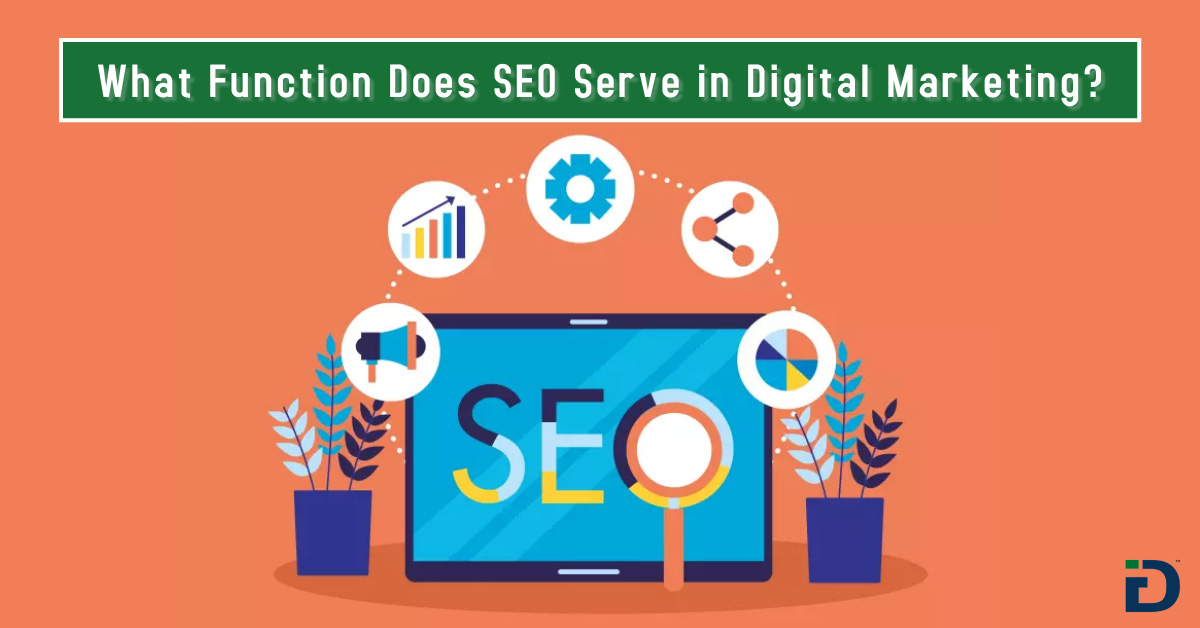Physician burnout has become an endemic issue within the healthcare industry, impacting the well-being of healthcare professionals and the quality of patient care. Recognizing the multifaceted challenges contributing to burnout, this blog will provide insights over the role of technology in minimizing physician burnout. From streamlining administrative tasks to enhancing work efficiency, technology has the potential to serve as a powerful tool in transforming the healthcare landscape and creating a more supportive and sustainable work environment for physicians.
Streamlining Administrative Tasks
One of the significant contributors to physician burnout is the administrative burden placed on healthcare professionals. Technology can play a pivotal role in streamlining administrative tasks, allowing physicians to focus more on patient care and less on paperwork. Electronic Health Records (EHR) systems, when designed with user-friendly interfaces, can expedite documentation processes, reducing the time spent on data entry and paperwork.
Implementing advanced speech recognition and natural language processing tools can further facilitate efficient documentation. Physicians can dictate their notes, and the technology can transcribe and populate patient records, minimizing the manual effort required. This not only enhances productivity but also reduces the risk of physician burnout associated with the tedious and time-consuming nature of administrative tasks.
Improving Communication and Collaboration
Effective communication is essential in healthcare, and technology can bridge communication gaps, fostering collaboration among healthcare professionals. Integrated communication platforms, secure messaging systems, and telehealth solutions enable efficient communication between physicians, nurses, and other members of the healthcare team.
Telehealth, in particular, has gained prominence, allowing for virtual consultations and follow-ups. This not only enhances patient access to care but also provides physicians with flexibility in their schedules. The ability to conduct remote consultations reduces the strain associated with travel and physical presence, contributing to a better work-life balance for healthcare professionals.
Enhancing Decision Support Systems
Technological advancements in artificial intelligence (AI) and machine learning have paved the way for sophisticated decision support systems. These systems can assist physicians in making well-informed decisions by analyzing vast amounts of patient data, By providing timely and evidence-based recommendations, technology helps alleviate the cognitive burden on physicians, allowing them to focus on critical thinking and personalized patient care.
Furthermore, electronic clinical decision support tools can assist in reducing diagnostic errors and ensuring adherence to best practices. This not only enhances the quality of patient care but also mitigates the stress associated with uncertainty and the fear of making mistakes.
Automation of Routine Tasks
Automation has the potential to revolutionize healthcare by automating routine and repetitive tasks. Robotic Process Automation (RPA) can be employed to handle administrative chores such as appointment scheduling, prescription refills, and billing processes. By automating these mundane tasks, physicians can redirect their time and energy towards more meaningful and patient-centric activities.
Automation can also extend to pre-visit documentation, allowing patients to input their medical history and concerns electronically before their appointment. This not only expedites the consultation process but also ensures that physicians have the necessary information at their fingertips, facilitating more personalized and efficient care.
Providing Tools for Self-Care and Well-being
Technology can also play a role in supporting the mental health and well-being of healthcare professionals. Mobile applications and wearable devices can be designed to promote mindfulness, stress reduction, and work-life balance. These tools can include features such as guided meditation sessions, stress tracking, and sleep monitoring to help physicians manage and alleviate burnout-related symptoms.
Additionally, virtual support communities and peer-to-peer platforms can provide a space for healthcare professionals to share experiences, seek advice, and build a sense of camaraderie. The use of technology to foster a supportive community can contribute to reducing feelings of isolation and improving overall mental well-being.
Continuous Professional Development
Technology facilitates ongoing learning and professional development for physicians. Online learning platforms, webinars, and virtual conferences provide accessible and flexible avenues for physicians to stay updated on medical advancements and enhance their skills. By promoting continuous learning, technology contributes to the professional growth and job satisfaction of healthcare professionals.
Wrapping Up
While technology holds immense potential in mitigating physician burnout, it is crucial to implement these solutions thoughtfully and with a human-centered approach. The integration of technology should aim to enhance, not replace, the human aspect of healthcare. By addressing administrative burdens, improving communication, automating routine tasks, and supporting physician well-being, technology can contribute significantly to creating a more sustainable and fulfilling work environment for healthcare professionals. As the healthcare industry continues to evolve, the strategic adoption of technology emerges as a key ally in the battle against physician burnout, ultimately benefiting healthcare providers and their patients.




